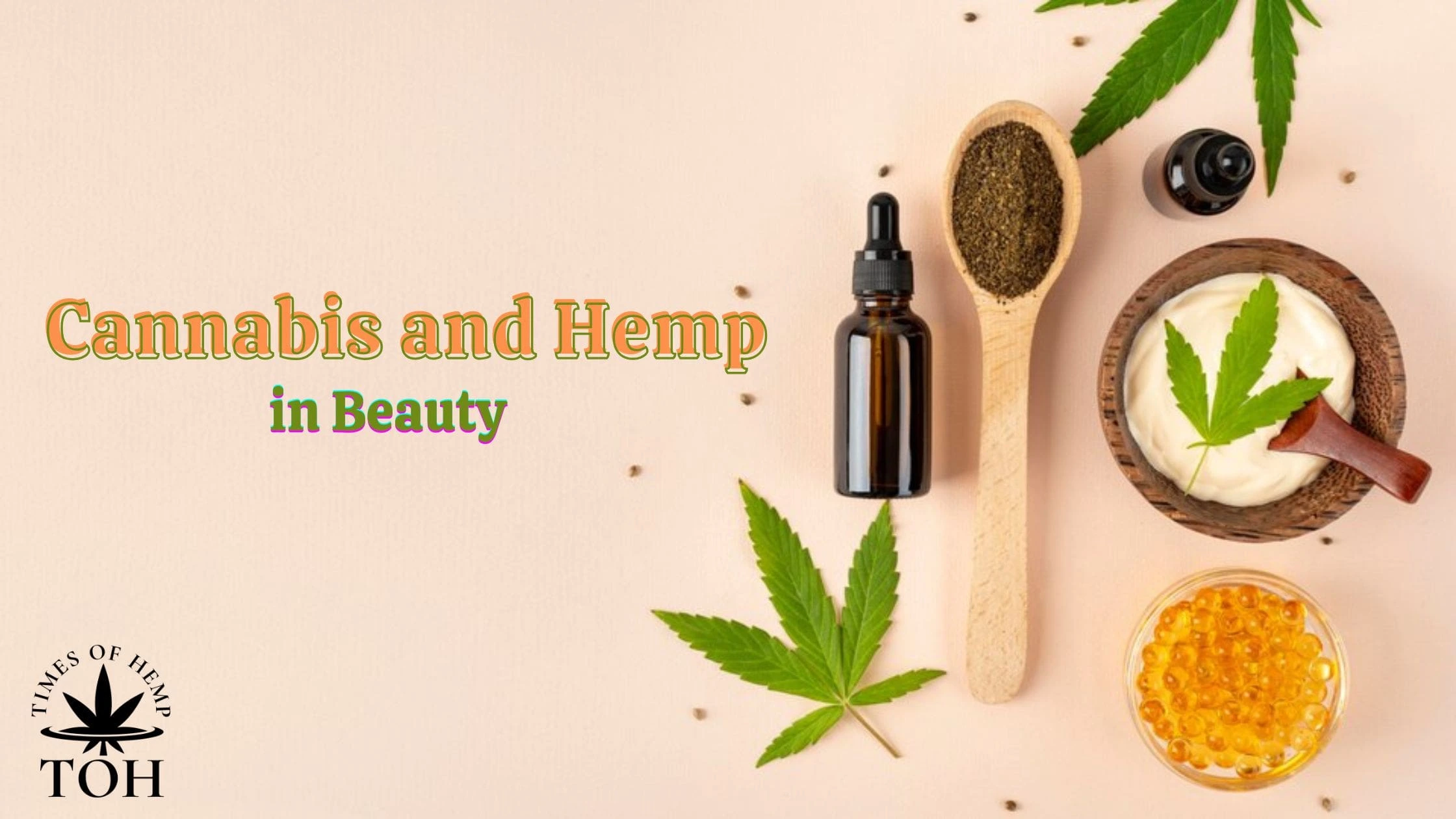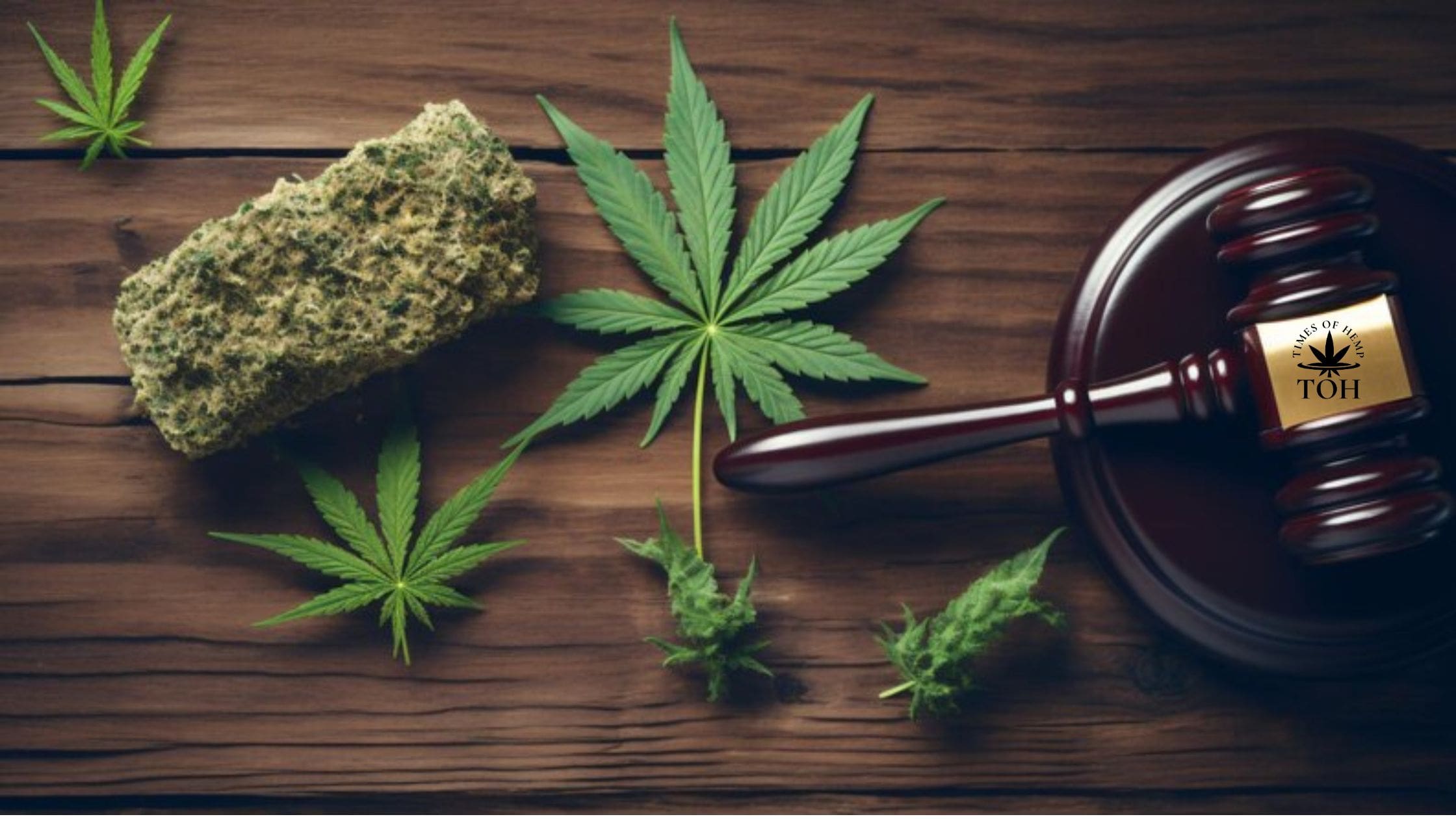Introduction
Hemp, an adaptable plant with a rich history extending back thousands of years, has seen a huge comeback in popularity in recent years. Throughout human history, Hemp, or Cannabis sativa, as it is formally known, has been used for a variety of things, from textiles and medicine to food and industrial applications. The legal restrictions on cannabis and its link with marijuana, however, have prevented it from being widely used and from reaching its full potential. We’ll examine Hemp’s many facets in this blog and determine whether it can govern the planet in the future.
Hemp’s Historical Importance
Hemp’s usage can be traced back to prehistoric times, providing us with a long history of cultural and traditional usage. According to the information, people cultivate Hemp in many locations to obtain its sturdy fibres. This fibre was used to make various things, such as ropes, textiles, and paper. Hemp seeds are also a healthy dietary source. Hemp was considered a staple crop in cultures in Asia, the Middle East, and Europe due to its numerous advantages. Its historical significance must be regarded as considering its future potential.
Hemp’s Versatile Uses
Hemp has a lot of promising benefits because of its remarkable adaptability. The plant is a diverse resource that can be used in various industries. Hemp fibre is a strong and durable alternative to conventional materials such as cotton and synthetic fibres because of their eco-friendly nature. Additionally, hemp seeds are an excellent nutritional supplement and a potential cure for malnutrition since they have significant amounts of fatty acids and proteins.
Hemp has potential outside textiles and food, particularly in the building sector. Because of its superior insulating qualities and environmental friendliness, hempcrete, a biocomposite material consisting of Hemp and lime, has become more popular. Additionally, biofuels and plastics made from Hemp have the potential to replace fossil fuels and petroleum-based polymers, respectively, lowering carbon emissions and fostering a more environmentally friendly future.
Hemp in Health and Medicine
The therapeutic benefits of Hemp have been used for generations. Hemp extracts were employed in ancient societies for spiritual practices, pain treatment, and anti-inflammatory effects. Cannabinoids present in Hemp, in particular cannabidiol (CBD), may have medicinal effects, according to new scientific studies. CBD is being investigated as a therapy for a variety of health ailments, from epilepsy to anxiety disorders, due to its analgesic, anxiolytic, and anti-inflammatory characteristics.
The hallucinogenic properties of Hemp’s close relative, marijuana, which has high quantities of the psychoactive compound tetrahydrocannabinol (THC), sometimes overshadow the medicinal potential of Hemp, though. Legal complications and limitations resulting from the contrast between Hemp and marijuana have hampered the thorough investigation of Hemp’s therapeutic and wellness uses.
Obstacles and Legal Restrictions
Despite its incredible adaptability and promise, Hemp confronts several obstacles that must be overcome to realize its full potential. Different nations and areas have very other laws governing Hemp and cannabis, which causes discrepancies and hinders research and development. The stigma attached to cannabis as a result of its recreational usage further muddies public perception and obstructs efforts to investigate the many advantages of Hemp.
Furthermore, industrial hemp farming has environmental considerations, particularly regarding water use and possible monoculture problems. Ethical and ecological agricultural methods must be used to ensure that Hemp growing does not have unforeseen environmental effects.
The Plan for Hemp’s Prominence
A few things must be considered if Hemp is to “rule the world one day.” First, there must be a coordinated effort to deal with legal obstacles and debunk myths about Hemp. Governments and legislators should establish a supportive climate that encourages the study, creation, and ethical marketing of goods produced from Hemp.
Campaigns to raise awareness of Hemp’s many benefits across industries and to educate the public about the distinctions between Hemp and marijuana are also essential. The potential of Hemp will also be increased through funding research and innovation, opening up new markets and technological possibilities.
Global cooperation and efforts
Collaboration on a worldwide scale is necessary to realize Hemp’s full potential. Governments, industry, researchers, and environmentalists must collaborate to investigate sustainable hemp production methods, encourage responsible usage, and guarantee equal distribution of its advantages. International partnerships may promote information sharing and best practices, advancing hemp development globally.
Conclusion
In conclusion, Hemp has the potential to “rule the world” because of its remarkable adaptability and wide range of uses. Hemp can potentially revolutionize several sectors, from textiles and construction to health care and nutrition. However, to realize this potential, several challenges must be resolved simultaneously, including ethical issues, social stigma, and ecological considerations.
We can create the conditions for Hemp to become a transformational and sustainable resource that helps people and the earth by supporting research, encouraging responsible farming, and working together internationally. It’s time to embrace Hemp’s promise and realize its full potential since the future of Hemp is now within our reach.





